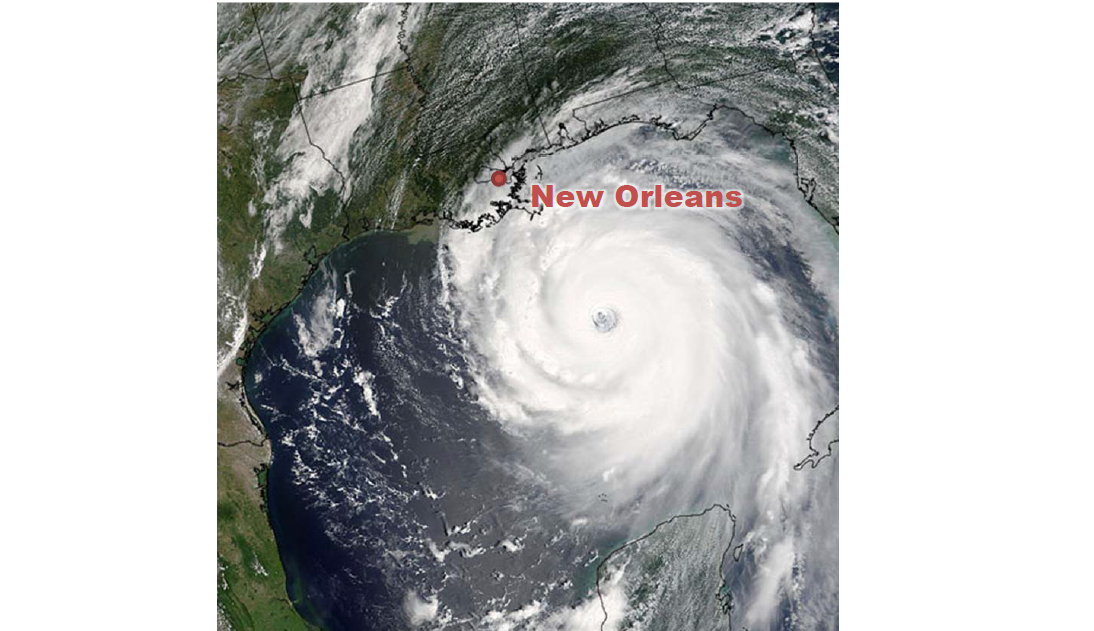1 Associate Vice President, Atkinson-Noland & Associates, Inc., Boulder, Colorado, 80302, United States of America, dharvey@ana-usa.com
2 President, Masonry Solutions International, Inc., Cockeysville, Maryland, 21030 United States of America, wtruth@masonrysolutions.com
3 President, Atkinson-Noland & Associates, Inc., Boulder, Colorado, 80302, United States of America, mschuller@ana-usa.com
ABSTRACT
Following the devastating flooding caused by Hurricane Katrina in 2005, the United States Army Corps of Engineers evaluated the performance failures associated with the pumping stations used to move storm water out of the city. These pump stations were typically housed in unreinforced clay brick masonry buildings constructed between 1890 and 1940. The Corps of Engineers embarked on improvements to the stations that included elevated control platforms, more reliable backup power sources, and structural improvements to the buildings themselves. Due to very tight clearances at the building interior and the need to keep pump stations operational at all times, surface mounted interior framing was not a strengthening option, and the historic exterior appearance was to be maintained after completion of the work.
The strengthening methodology selected for the structural retrofits included low-pressure injection of compatible injected fill into the masonry wall voids and installation of vertical and horizontal stainless steel deformed reinforcing bars within the wall thickness. The stainless steel reinforcing bars were installed into precision-co red holes that typically extended over the full wall height, and they were grouted in place using the compatible injected fill material.
The result of the structural retrofit was an in visible enhancement that dramatically improved wind and flood load resistance of the brick walls without com promising the appearance or interior space of the pump stations. The entire project was completed while the stations remained in operation. Ground penetrating radar and other quality control methods have been used to confirm that the installation was successful.
KEYWORDS: injection, masonry, repair, strengthening, grout, retrofit
249.pdf



